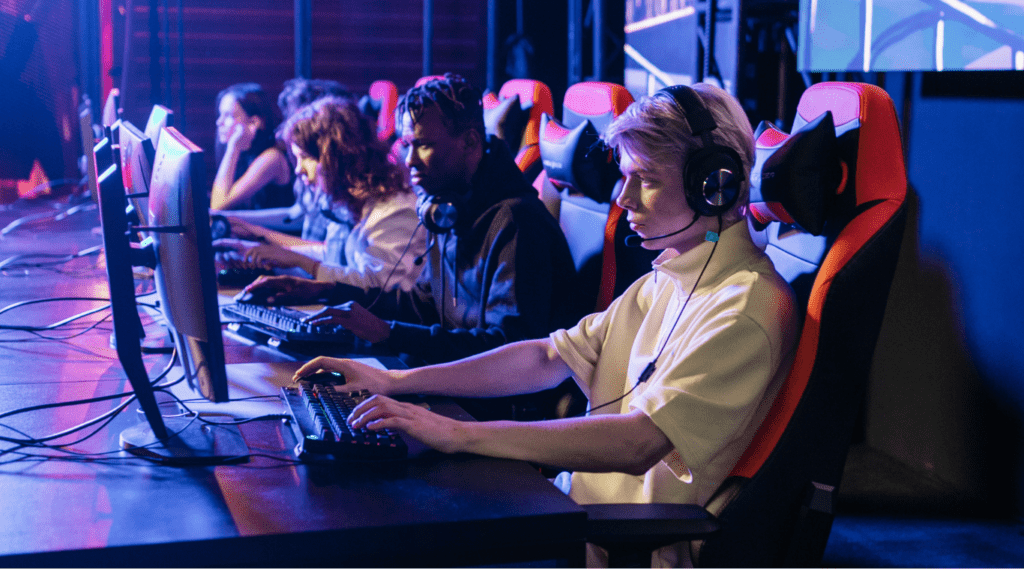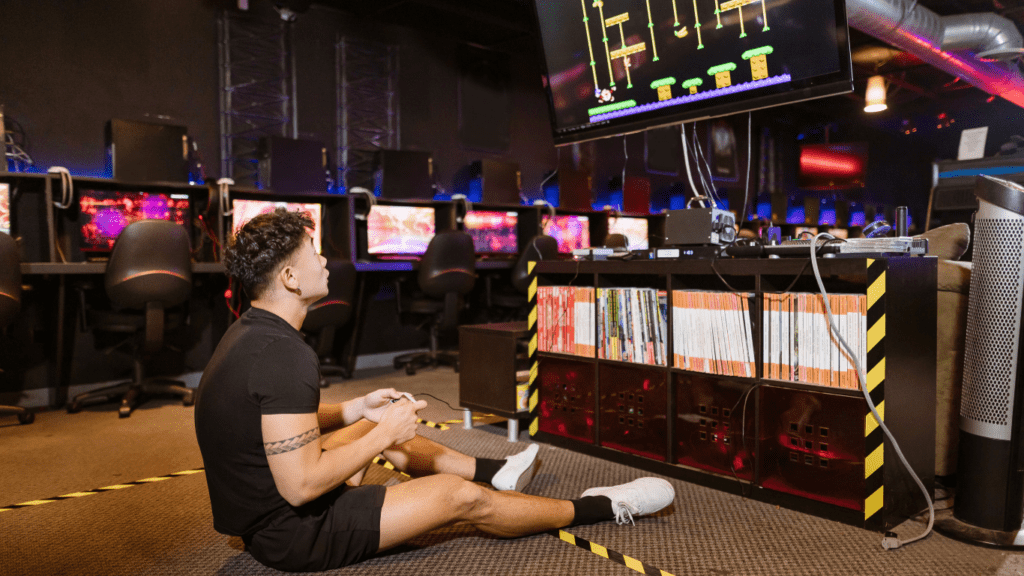The Importance of Cultural Sensitivity in Game Design
The Impact of Culture on Player Engagement
Cultural sensitivity directly influences player engagement.
If players see their culture represented accurately, they’ll feel more connected to the game. On the other hand, misrepresentation can result in negative reactions, leading players to distance themselves.
For example, properly depicting traditional attire or rituals can enhance authenticity, making the gaming experience more immersive.
Risks of Cultural Insensitivity in Games
Cultural insensitivity can alienate diverse player bases and damage a game’s reputation. Offensive stereotypes or incorrect portrayals can lead to public backlash and financial losses.
For instance, a game featuring inappropriate cultural symbols might face boycotts or negative reviews.
In extreme cases, it might even be banned in certain regions. To avoid these risks, developers should invest time and resources in understanding the cultures they wish to represent.
How Diverse Teams Enhance Game Development

Bringing Multiple Perspectives to the Drawing Board
Diverse teams bring a wide array of perspectives to game development.
Members from different cultural backgrounds, genders, and experiences contribute unique ideas.
Diverse viewpoints lead to richer storytelling and more authentic character designs.
For example, incorporating feedback from someone who deeply understands a specific culture can prevent stereotypes and enhance the game’s realism.
When a game includes elements from various cultures, it’s essential to have team members who can offer firsthand knowledge.
These insights help create believable settings and respectful representations.
By collaboratively discussing and integrating different perspectives, teams can develop nuanced narratives that resonate with broader audiences.
Success Stories of Diverse Teams
Several successful games owe their achievements to diverse development teams.
- “Overwatch,” by Blizzard Entertainment, became popular partly due to its inclusive character roster. The game’s heroes come from various nationalities and backgrounds, resulting in a global appeal.
- “Spider-Man: Miles Morales,” developed by Insomniac Games, also demonstrates the benefits of diverse teams.
Miles, a biracial protagonist, mirrors the team’s diversity, which led to an authentic cultural representation. The game received praise for its portrayal of Afro-Latino culture and urban New York. - Nintendo’s “Animal Crossing: New Horizons” showcases another success story. With characters and settings that reflect a range of cultural aesthetics, the game became a worldwide phenomenon. This inclusivity is a direct result of incorporating diverse perspectives into the design process.
By drawing from these examples, it’s evident that diversity within development teams leads to more inclusive and engaging gameplay experiences.
Strategies for Ensuring Cultural Sensitivity
Research and Consultation Best Practices
Game studios need to conduct thorough research and consultation to ensure cultural sensitivity. Establishing a robust methodology includes multiple steps:
- Engaging with Communities: Developers should connect with individuals from the cultures represented in the game. Face-to-face meetings and online forums can offer unfiltered, authentic perspectives.
- Utilizing Scholarly Resources: Accessing academic journals, books and credible sources provides a grounded understanding of cultural nuances. Reliable sources ensure that portrayals are accurate and respectful.
- Incorporating Feedback Loops: Regular feedback from cultural consultants throughout the development cycle can catch and correct potential issues early. Continuous loops maintain the project’s cultural integrity.
Integrating Cultural Advisors into Game Design
Incorporating cultural advisors directly into the design process can enhance cultural sensitivity and authenticity like:
- Hiring Advisors: Bringing in cultural experts as part of the development team ensures first-hand oversight. These advisors can guide narrative, character design, and world-building.
- Facilitating Workshops: Interactive workshops led by cultural advisors can educate the entire development team. These sessions cover cultural practices, symbolism, and taboos, embedding sensitivity into the design ethos.
- Creating Inclusive Environment: A culturally inclusive workplace that values diverse perspectives complements the advisor’s role. Encouraging an inclusive culture within the studio fosters a broader understanding and respect for different backgrounds.
Both research best practices and the integration of cultural advisors are essential in developing games that respect and celebrate cultural diversity.
Challenges Faced by Diverse Development Teams
Overcoming Communication Barriers
In diverse development teams, communication barriers pose significant challenges.
Different cultural backgrounds often lead to varied communication styles and expectations, complicating collaboration. For instance, certain cultures value direct communication, whereas others prefer indirect methods.
Misunderstandings arise if team members misinterpret these styles.
To address this, team members need to actively practice effective communication strategies.
Regularly scheduled meetings, clear documentation, and inclusive language ensure everyone remains on the same page.
Active listening and cultural competency training further aid in bridging communication gaps, fostering a more cohesive and efficient team environment.
Balancing Creative Inputs
Balancing creative inputs within diverse teams necessitates careful consideration. Each member brings unique perspectives shaped by their cultural background, leading to a rich pool of ideas but also potential conflicts.
When team members’ creative visions clash, it can lead to friction and project delays.
To harmonize these inputs, it’s essential to establish a structured decision-making process.
Encourage open dialogue where all ideas are heard and valued. Tools like brainstorming sessions and collaborative platforms help in capturing diverse viewpoints constructively.
By prioritizing inclusivity and structured feedback mechanisms, teams can blend diverse ideas into cohesive and innovative game designs.


 Charlie Bracegirdle seamlessly combines his passion for gaming with his role at Infinity Game Saga, where he is both a dedicated gamer and a prominent content creator. As an integral member of the team, Charlie brings a wealth of experience and a deep understanding of the gaming industry to his work. His articles and content cover a broad spectrum of gaming topics, from detailed reviews and insightful industry analyses to the latest trends and upcoming releases.
Charlie’s unique perspective, shaped by his own extensive gaming experiences, allows him to engage with readers in a meaningful way. His writing not only informs but also entertains, providing a blend of professional insight and personal enthusiasm. Whether he's exploring new game mechanics, dissecting game strategies, or sharing his thoughts on the future of gaming, Charlie's contributions make a significant impact on the Infinity Game Saga community. Through his work, he bridges the gap between gamers and the evolving landscape of the gaming world, enhancing the experience for all who follow his updates and analyses.
Charlie Bracegirdle seamlessly combines his passion for gaming with his role at Infinity Game Saga, where he is both a dedicated gamer and a prominent content creator. As an integral member of the team, Charlie brings a wealth of experience and a deep understanding of the gaming industry to his work. His articles and content cover a broad spectrum of gaming topics, from detailed reviews and insightful industry analyses to the latest trends and upcoming releases.
Charlie’s unique perspective, shaped by his own extensive gaming experiences, allows him to engage with readers in a meaningful way. His writing not only informs but also entertains, providing a blend of professional insight and personal enthusiasm. Whether he's exploring new game mechanics, dissecting game strategies, or sharing his thoughts on the future of gaming, Charlie's contributions make a significant impact on the Infinity Game Saga community. Through his work, he bridges the gap between gamers and the evolving landscape of the gaming world, enhancing the experience for all who follow his updates and analyses.
